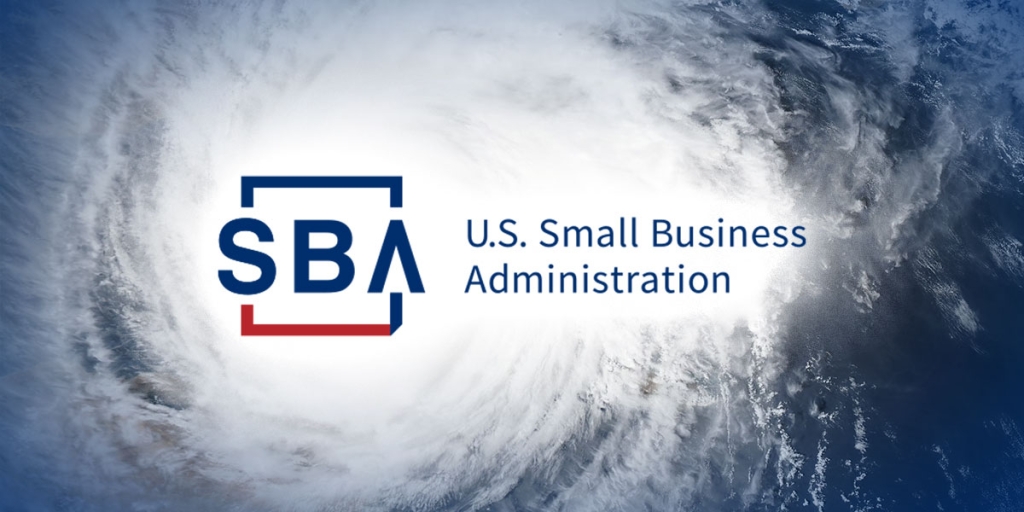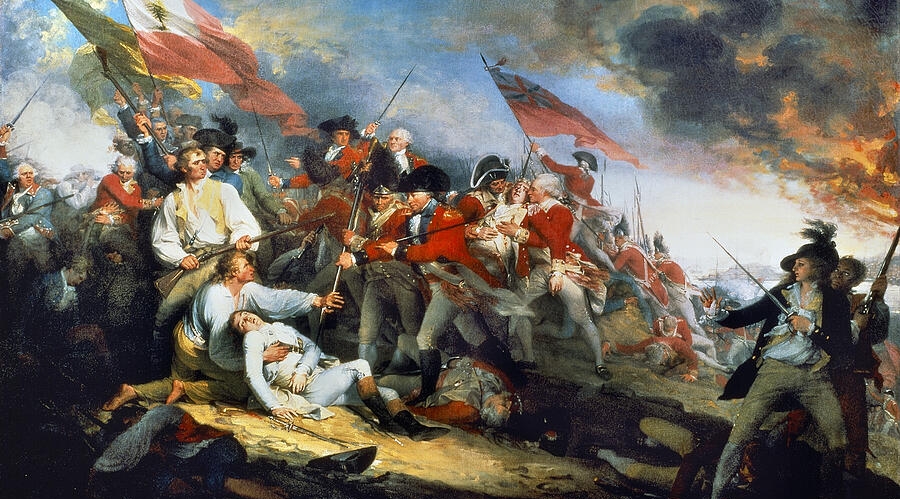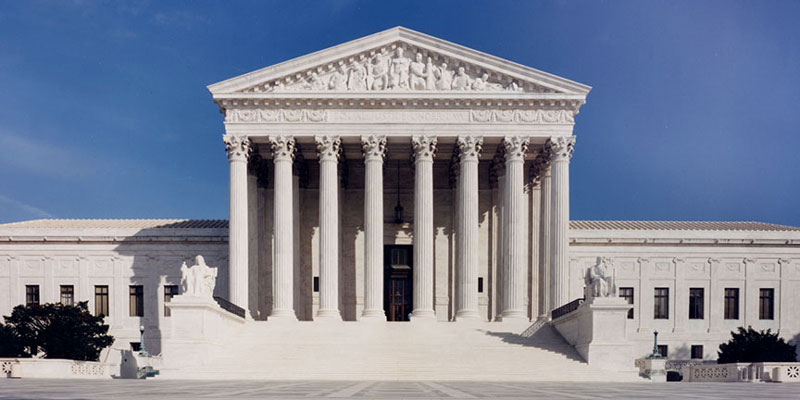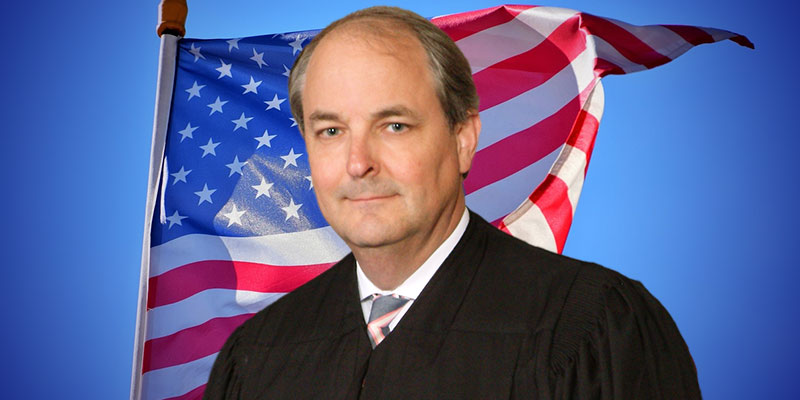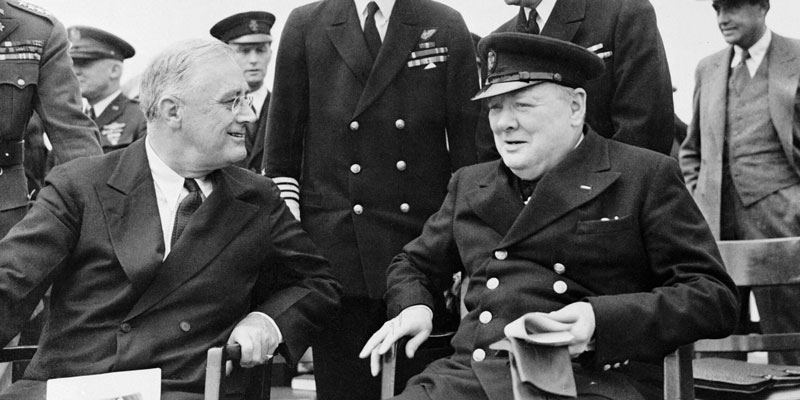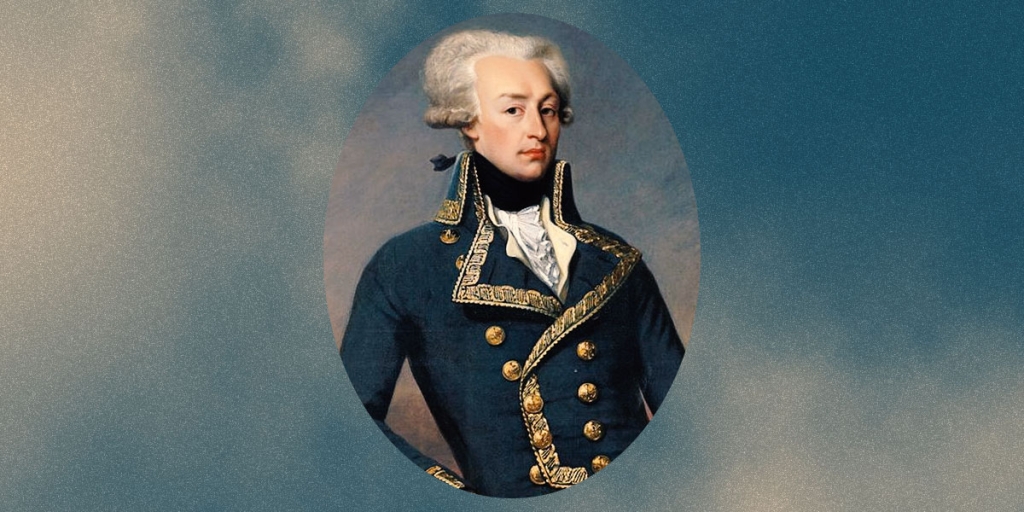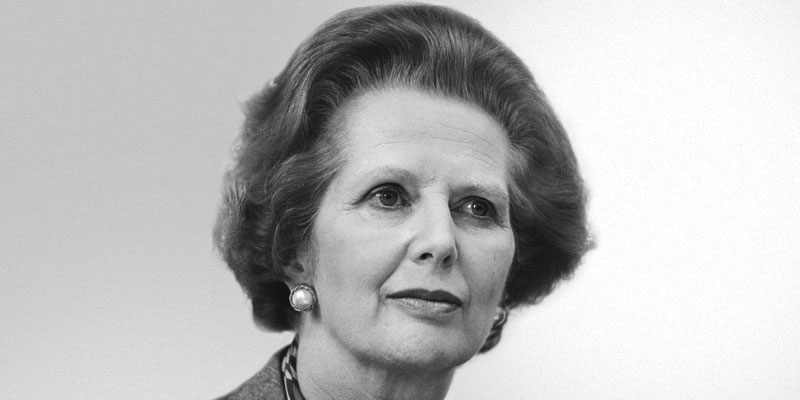I came of age politically with the 1968 presidential election. Alabama Governor George Wallace was running as an independent against Richard Nixon and Hubert Humphrey. My parents were Nixon supporters, and I, their five-year-old son, hopped on the Nixon bandwagon with gusto. The dinnertime conversations in the month preceding the election were all about whether Wallace’s third-party candidacy could work.
This all fascinated me, so I asked my mother to let me watch her vote on Election Day. She agreed, but to my dismay, when I joined her in the voting booth, I did not see Nixon, Humphrey or Wallace listed on the ballot. This made no sense to me; I thought we were here to vote for Richard Nixon? My mother then explained that we didn’t vote for the presidential candidate directly. Instead, we voted for men and women called presidential electors. These people were well-regarded and appointed for the special privilege of casting the deciding votes in presidential elections. This system seemed out of place to me, because in every other election the candidates were listed by name on the ballot. Why not for president? Why should my mother vote for nine people, who would then vote later for president, instead of voting directly for the president? This was my first encounter with the Electoral College. It would not be my last.
The first electoral college was a medieval construct dating back at least to the 12th century, when specific princes were chosen to elect the Holy Roman Emperor. They were influential noblemen, who, because of the importance of their respective kingdoms, were given the hereditary title of “elector.” After the death of the emperor, they met, much like the College of Cardinals, to choose a successor. Whether this idea influenced the deliberations of the Constitutional Convention is speculation, but, like most of the other aspects of the Constitution, the mechanics of the new government were based on historical facets of self-government. The new American nation was built on traditions of representative government expressed in the English parliamentary system, the organization of Protestant church government, and the colonial experience with various local governments in the New World.
Important questions necessarily arose during the Constitutional Convention concerning the process of electing the president. How exactly would a president be chosen, and to whom or what would he owe allegiance? Some advocated for election to take place in the House of Representatives, or in the Senate, or even in the several states. The obvious problem with these proposals is that they would create an axis between the president and the electing body. If the states elected the president, then the larger, wealthier, and more populous states would receive greater attention and more favorable treatment by the executive branch than would the smaller, less populous states. A similar imbalance of power would occur were the president chosen by the House or the Senate. Thus, the mechanics of electing the chief executive required balancing various interests to give the executive branch the requisite independence from other political bodies, while maintaining co-equality.
According to the chosen scheme, each state would appoint “electors” based on the number of House and Senate members comprising the state’s congressional delegation. These electors were appointed for the sole purpose of electing the president, and a simple majority of their votes would decide the election. This created another means by which the spheres of Congress and the federal government were balanced and divided from that of the states. The Constitutional Convention viewed electors as not necessarily aligned with a faction, but as citizens of honesty, integrity, and political acumen.
Originally, electors voted for two people; the person with the most electoral votes became president, and the runner-up became vice-president. Flaws in this system became evident with the presidential election of 1796, when John Adams was elected as president and his archrival, if not nemesis, Thomas Jefferson, was elected vice president. Four years later, Jefferson and Aaron Burr received the same number of electoral votes— neither had the required majority. This unworkable situation was remedied by the 12th Amendment to the Constitution, which prescribed that electors would separately vote for a president and vice president on the same ballot. Later, state legislatures, as they were constitutionally permitted and as the two-party system grew, allowed electors to run as proxies for the presidential and vice presidential party nominee.
For at least the first 100 years, the system worked well, and, other than the 12th Amendment, no major attempts were made to alter the process of electing the president and vice president. Several times, the election was submitted to the House of Representatives after the electors failed to achieve a majority vote for president. For example, in 1824, the election was submitted to the House, where power plays resulted in the election of John Quincy Adams, though Andrew Jackson won significantly more of the popular and the electoral vote. Rutherford B. Hayes, a Republican, lost the 1876 popular vote to Samuel Tilden, a Democrat, but became president because he had prevailed in the electoral vote, though voter fraud in some jurisdictions seemed certain.
Many Democratic candidates running for federal office embraced the idea of abolishing the Electoral College, not least Sam Rayburn, who, in his first congressional election in 1912, advocated electing the president by popular vote. If there was any momentum for this aspect of the Progressive movement, it lost steam as other, more critical issues advanced.
Today, the constitutional method for electing the president is under siege. The result of the 2016 election — with Donald Trump winning the presidency despite losing the popular vote — led pundits and politicians to call for the presidential election to be based on the popular, not electoral, vote. But lamenting results that saw two presidents in recent memory fail to win the popular vote obscures the effect that abolishing the Electoral College would have on a national campaign. A presidential campaign aimed at achieving a popular vote majority would completely ignore most states and focus, instead, on a few populous states containing the nation’s largest cities. This urban-centric strategy would silence the political voice of most regions of the country.
The Electoral College guarantees that successful presidential candidates will appeal to large swaths of the American landscape, and that the president himself will reflect the diversity of various regional ideas. It orchestrates the American chorus so that every section of the country will be heard by a serious presidential candidate. We might not always like the outcome; it is always frustrating when your candidate loses, especially if he or she won the popular vote. Nevertheless, the remedy is not to change the rules, but rather to master the nuances of the rules in order to organize a presidential campaign so that it attracts supporters — and votes — from all portions of the country.
My personal quest to understand the Electoral College better led to my service as an alternate elector in 2000 for George W. Bush. The controversial nature of that election focused national attention on each state’s canvas of presidential electors. The practice of scrutinizing each elector and the attempts made to shake loose a few electors in order to change the outcome caused the question to be asked again: Is the Electoral College the right system for modern America?
I served as a presidential elector in 2004, 2008, 2012 and 2016. My initial experience as an elector was that no one, certainly not the media, cared about the Electoral College. Perhaps some cub reporter was sent to cover the meeting of the electors, but that was about all the publicity we garnered.
That changed dramatically in 2016. Starting about two weeks before the electors met, I received thousands of letters from people across the country asking me, if not begging me, to change my vote. It did not matter to them that I had pledged to support my party’s nominee. I was even lectured by legal scholars about how my pledge was not actually binding. Several people sent me copies of the Federalist Papers, the Constitution, and even local petitions. Others left voicemails that, looking back, I wish I had saved. Few, if any, of these communications expressed any mature understanding of the American electoral system. But, in a way, the volume of communication, at least as compared with other years, showed that the role of an elector now seemed to matter again to the American people.
In 2020, if there was one issue each of the initial contenders for the Democratic nomination agreed upon, it was the necessity of abolishing the Electoral College and replacing it with election by popular vote. But the consequences of this change are largely ignored. Candidates calling for the end of the Electoral College, to be consistent, ought also to call for the end of primary elections, too. Since the election of president is the only national election, eliminating the Electoral College would change each party’s strategy for victory. It is akin to amending the rules of football so that a score is obtained not by touchdowns or field goals but by first downs.
Again, a popular election of the president would reduce the need for a diversified platform; the candidates would favor metropolises and ignore the heartland of America. Minority voters would get pushed aside, since the votes of the majority are all that matter. The executive branch would be weakened as the center of federal political power shifted toward Congress. While the president’s agenda would reflect only the interests of the 51% who elected him, Congress would continue to appeal, at least in theory, to the entire nation. And who’s to say that the president would need to win a majority of the popular vote? Would we have runoffs, ranked-choice voting, or just “first past the post,” where the top vote-getter in a crowded field takes the prize?
While the Electoral College can sometimes appear to achieve a skewed result, we must remember that it has served America well by providing a political balance to the three branches of government. Directly electing a president by popular vote sounds great, but a deeper examination reveals the toll that it would exact upon American republicanism. Instead of the “winner take all” system that most states use, perhaps adopting the Maine and Nebraska models would be an effective compromise. Two electoral votes reflect the majority vote of the state’s presidential ballots, but the rest of the electors are chosen by congressional district preference. This method diffuses power and is perhaps something the Framers might applaud, though the change would have to be accomplished one state at a time, as the selection of electors is still very much a state and not a federal function.
The Electoral College has weathered many storms, but the nation is still together and is still debating the limits of self-government. All told, it’s a pretty good track record.
Will Sellers is an Associate Justice on the Supreme Court of Alabama.
Editor’s note: This piece originally appeared in City Journal.






